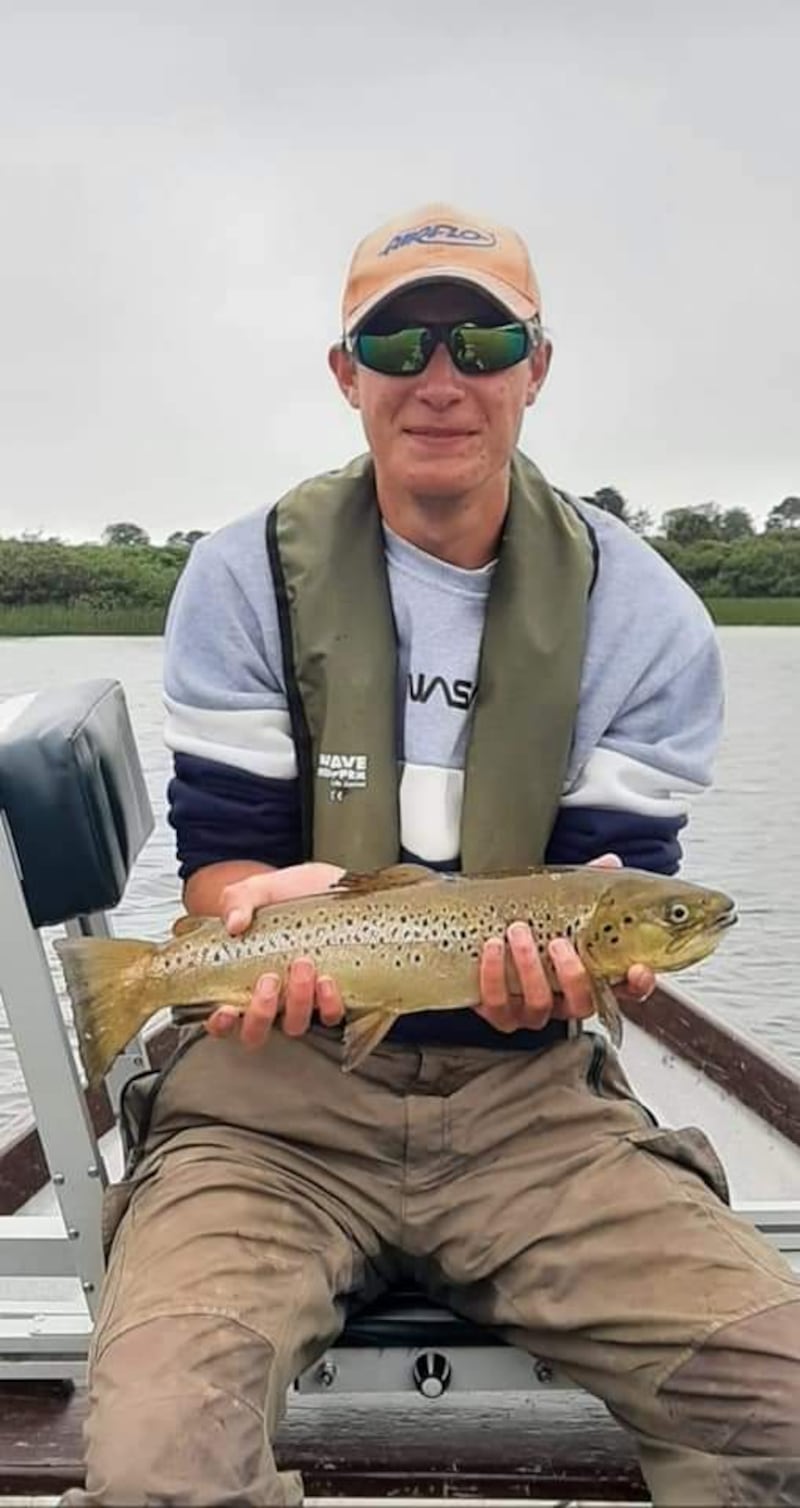“Fly fishing has never been better on Carrigavantry and Knockaderry waters with some nice brownies caught on the evening rise on dries,” according to Michael Sheehan, boat secretary of Waterford City and County Trout Anglers’ Association.
The two lakes are in close proximity to Kilmeaden with Knockaderry the larger at about 32 hectares (80 acres) and Carrigavantry some 12 hectares (30 acres). Both are served with adequate boats (including wheelie) and stocked with quality browns and rainbows.

While fishing is excellent on both lakes, Sheehan recently caught a rainbow of 5lb on a gold-head olive nymph on Carrigavantry and full-day boat anglers are recording well into double figures.
To book a boat on either lake, call Sheehan on 086 107 3086.
River Bush concerns
*The following is an edited version of an email received from a Northern Ireland reader:
“I am writing this letter to voice my concern about a river in which I have grown up on. The river in question is the river Bush in north Antrim, Northern Ireland. Following the installation of a drainage scheme in 1984, the lack of habitat restoration work has wiped out a vast amount of aquatic life.
Putting a little gravel in and cutting weed was all for funding. The weed was planted after the drainage scheme and is not native to the river, and putting in gravel is not helping when the banks are getting washed away.
Genetics is another concern. For the last 40-plus years hatchery fish have been allowed upstream to mix with wild salmon stock and the turbine, which has been operating since 2016 and holds salmon back in the special stretch.
Due to an electrical barrier being installed the eel population is non-existent and I would ask why farmed salmon cannot have a button tag in their tail for easy identification similar to a calf’s ear?”
Call for decrease in bottom-trawling
*Reducing bottom-trawling efforts by 26 per cent could result in protecting 70 per cent of Europe’s Atlantic sea area, according to advice from the International Council for Exploration of the Sea (Ices).
This would have a small impact on the fishing sector, while delivering huge benefits to the marine environment, restoring biodiversity and mitigating climate change, Ices said.
The European seabed is the most bottom-trawled in the world. Between 50 and 80 per cent of Europe’s continental shelf is regularly impacted, with high disturbance in some seas, like the Adriatic, North Sea and Western Baltic Sea, and generally in the coastal zones.
Oceana, the international organisation dedicated to ocean conservation, is calling on the European Union and UK policymakers to use this new science to adopt bold measures to end destructive fishing and meet their ocean biodiversity objectives.
Fethard RNLI assist fisherman
*Fethard RNLI in Co Wexford inshore lifeboat was launched last week to assist a fisherman whose outboard engine had broken down at Loughlin’s Hill, east of Hook Peninsula. The anchor on his 18ft open punt was ineffective and dangerously drifting towards the rocks. Following an assessment by the lifeboat crew, the casualty was towed safely to nearby Fethard Harbour.
The launch also marked the first callout for new crew member, Nadia Blanchfield who has recently completed 18 months of training at sea.
*If you have an angling story to share, please send to me at angling@irishtimes.com.















